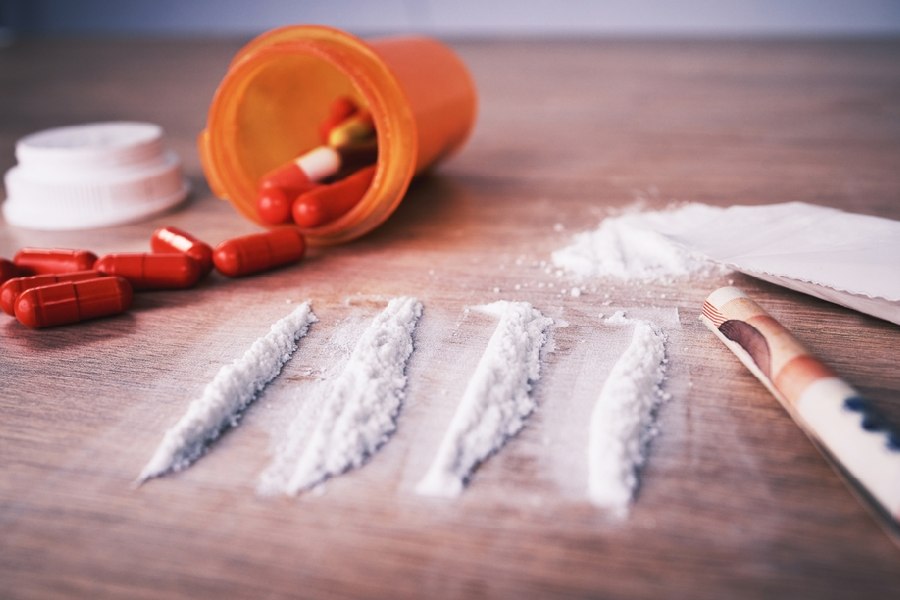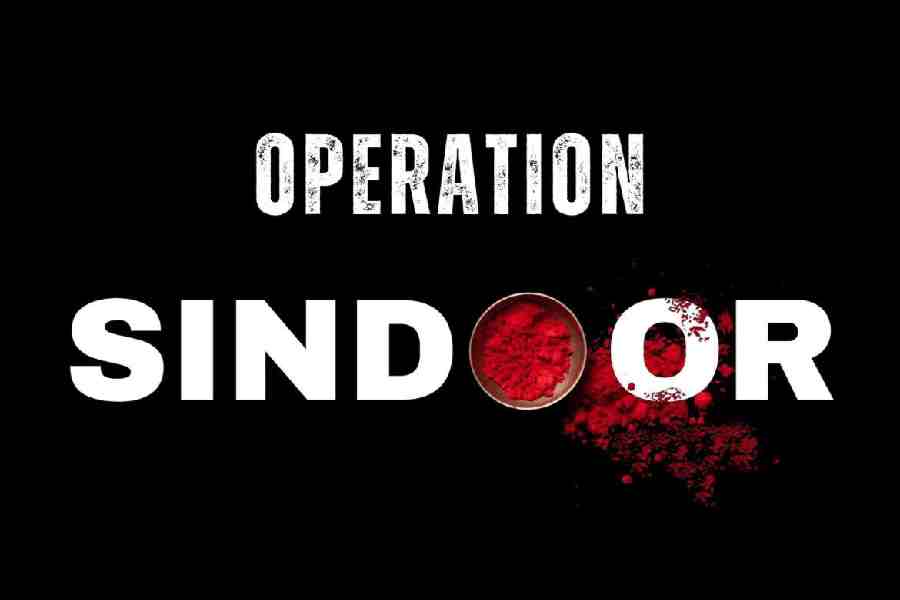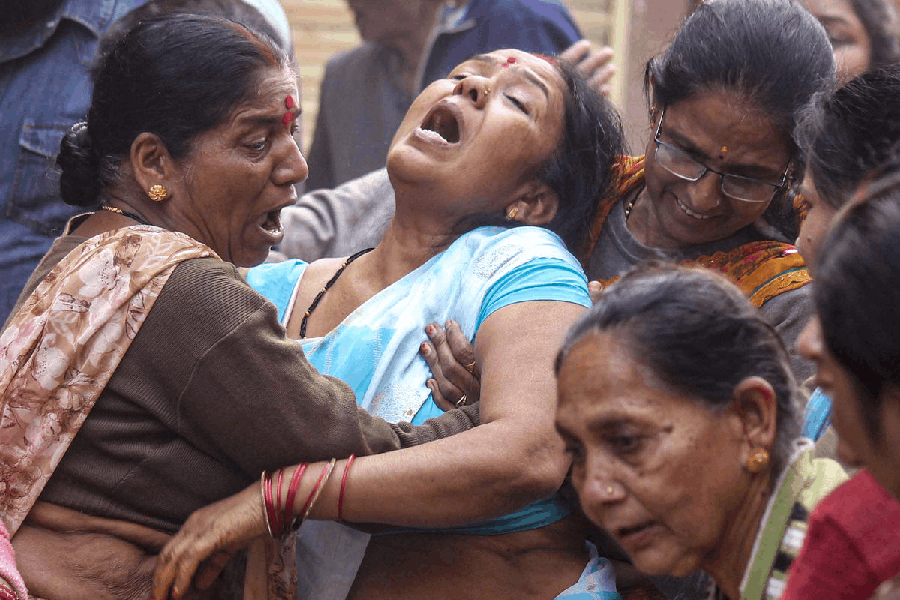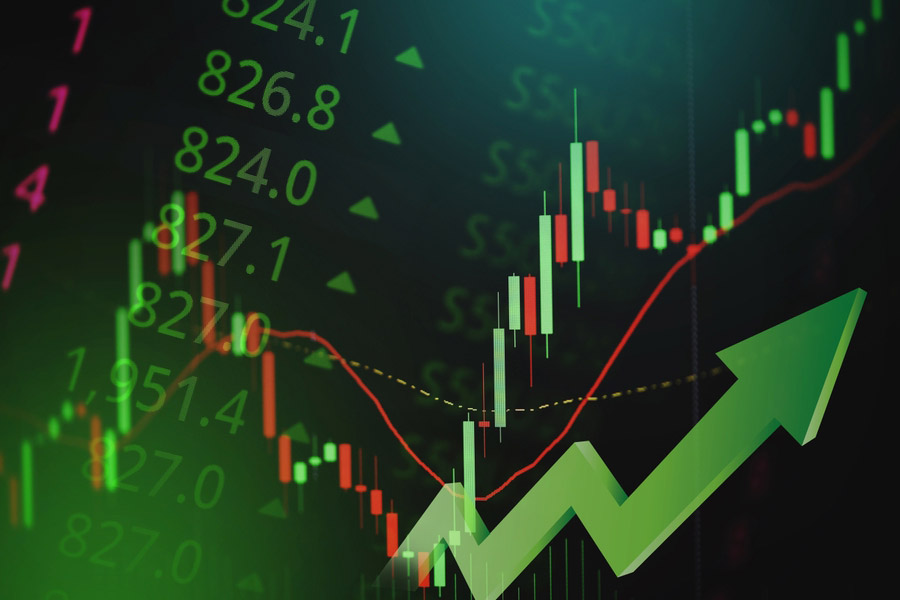Two states, over 2,500 kilometres apart, are sounding the same alarm. One is a hill state long associated with tourism, apples, and treks; the other, a coastal state known for high literacy and health indicators.
But Himachal Pradesh and Kerala are now confronting a growing crisis that cuts across geography, demography, and politics: a rapid rise in drug use and trafficking.
Himachal Governor Shiv Pratap Shukla on Thursday at a news briefing in Shimla said, “If immediate action is not taken to eradicate drug menace, Himachal Pradesh would become ‘Udta Punjab’ in the next five years.”
He expressed concern over the “lack of government rehabilitation centres” in the state and pointed to a 340 per cent rise in NDPS cases, from 500 in 2012 to over 2,200 in 2023, reported PTI.
“There is only one rehab run by the Red Cross in Kullu and we have been hearing that land is being identified for setting up a rehabilitation centre in the Sirmaur district, but nothing is moving on ground,” he said.
Once limited to cannabis and opium cultivation in villages like Malana and Kasol, the drug trade in Himachal now includes synthetic opioids like chitta (adulterated heroin), pharmaceutical pills, and smuggled hard drugs.
Police seized 13.8 kg of heroin and 34.5 kg of opium in 2023.
According to officials, 60 per cent of active peddlers are involved in the chitta trade. A survey of 1,150 inmates revealed that drug abuse is highest among those aged 15–30.
“Parents who earlier used to ignore and hide the drug abuse by their children have now become vocal and proactive,” the governor said. “This is not just a campaign, but a mission to protect our future generations and preserve the social fabric of our communities.”
Panchayats are now working with the police, he said, and universities have started collecting undertakings from students that allow for dismissal if they are found using drugs.
“Some universities are also undertaking from students that strong action, including chucking the student out from the institutions, can be taken in case a student is found indulging in drugs,” Shukla said.
The state's addiction rates, overdose deaths, and drug seizures are rising. Officials reported 13 overdose deaths in just the first 72 days of 2025.
Chief minister Sukhvinder Singh Sukhu announced a zero-tolerance policy and introduced the Himachal Pradesh Drugs and Controlled Substances (Prevention, De-Addiction and Rehabilitation) Bill, 2025.
The law enforces stricter penalties for traffickers, especially those targeting minors, and expands rehabilitation mandates. More than 80 state employees, including police personnel, are facing action for alleged drug links.
Plans are underway to recruit 500 more officers and create a dedicated task force. The government is also attempting to tackle demand. School curriculums will soon feature anti-drug chapters, and college students will be asked to sign pledges against drug use.
At a meeting with Union home minister Amit Shah, Sukhu pushed for reforms to deny bail to repeat offenders and asked for support in scaling up de-addiction centres.
In Kerala, the numbers are even more alarming.
The state registered 27,701 NDPS cases in 2024, three times that of Punjab, a state which was known for its drug problem, reported The Economic Times.
The rate now stands at 78 cases per lakh population, far above Punjab’s 30.
Synthetic drugs dominate the scene. MDMA use has surged by over 65 per cent in a year, and cases involving hashish, brown sugar, and heroin are being reported from every district.
Children as young as 10 have been found using drugs. Thirty murders in the first two months of 2025 have been linked to drug abuse, half of all homicides in the state in that time period.
In four years, Kerala has seen a 130 per cent jump in NDPS cases. On average, 100 drug cases are now being filed daily. Over 1,300 peddling hotspots have been mapped.
Despite the high numbers, actual drug seizures remain low, suggesting that many cases involve small-time users rather than traffickers.
Supply routes stretch across state lines and through Kerala’s long coastline. Bengaluru and Chennai are points of entry. The use of the dark web and cryptocurrencies has made policing more difficult.
In June 2025, Chief minister Pinarayi Vijayan launched the fifth phase of the “No to Drugs” campaign, running till January 2026, reported India Today.
It involves school and college events, district-level outreach, and a pledge-based community initiative titled “My Family is a Drug-Free Family.”
He has reached out to Opposition parties, religious heads, and NGOs to form joint task groups and spread awareness.
The CM has also focused on parents and teachers as key stakeholders in prevention. Teachers are being trained in counselling, and the government has announced plans to establish de-addiction centres in all districts.
Himachal Pradesh and Kerala differ in terrain, governance models, and demographics. But the challenges are now similar, rising youth addiction, lack of rehab infrastructure, changing drug trends, and overstretched law enforcement.
New laws are being passed, centres proposed, and campaigns launched. But the gap between policy and enforcement, the need for community-level engagement, and the evolving nature of drug networks continue to test the system.











